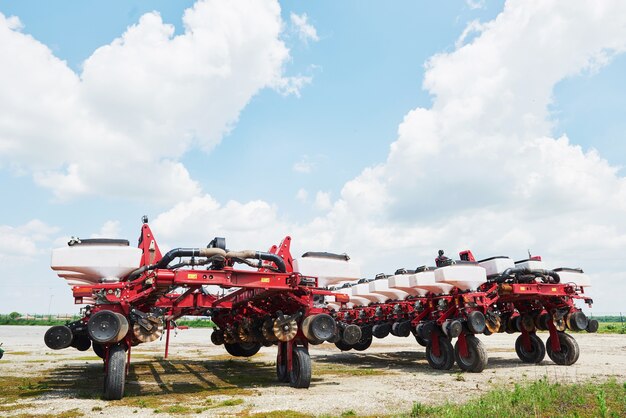
Sponsored article
Agriculture is the backbone of the global food supply, and maximizing crop yield is crucial for feeding the world’s growing population. Advanced seeding technology plays a pivotal role in achieving this goal by optimizing the planting process and increasing the efficiency of resource utilization. From precision planting to smart farming, innovative techniques are revolutionizing how we approach agriculture, ensuring sustainable food production and supporting environmental conservation. Dive into the advancements that are reshaping the future of farming.
Understanding modern seeding techniques is essential for farmers seeking to maximize crop yield and harness the power of precision agriculture. Modern seeding combines traditional practices with advancements in technology to achieve optimal planting outcomes. Precision planting, a cornerstone of modern seeding, leverages GPS and software applications to ensure seeds are sown at precise depths and intervals, leading to better crop stand and uniformity. By integrating smart farming solutions, farmers can monitor soil health, adjust seed rates in real-time, and reduce input waste. Some key techniques include:
Overall, these modern approaches enhance crop efficiency, improve yield potentials, and support sustainable farming practices.
The advent of advanced agricultural machinery marks a transformative era in farming, where precision and efficiency have become synonymous with success. At the forefront of this revolution is the integration of cutting-edge farm technology, designed to fine-tune the planting processes, thereby significantly maximizing crop yield. These sophisticated machines employ state-of-the-art sensors and GPS technology to ensure seeds are planted at optimal depths and intervals, adapting to soil conditions and climate variances with remarkable accuracy. Such precision not only conserves valuable resources by minimizing waste but also enhances the likelihood of healthier crop emergence, leading to overall yield enhancement. Moreover, the automation provided by advanced agricultural machinery reduces the labor intensity and fatigue traditionally associated with farming tasks, allowing farmers to focus on strategic management decisions that further bolster productivity. As the global demand for food escalates, harnessing these technological advancements in agriculture becomes critical for sustainable food production.
In the ever-evolving landscape of agriculture, future trends in seeding technology are poised to revolutionize how crops are planted and cultivated, driving towards greater efficiency and sustainability. Emerging technology is at the forefront, with innovations such as drone-assisted planting, robotic seeding systems, and advanced seed genetics paving the way for smarter farming practices. These advancements not only optimize the precision of seed placement but also minimize waste and reduce the environmental impact associated with traditional methods. Furthermore, the integration of AI and IoT in seeding equipment allows for real-time analysis and adjustments based on soil conditions and weather patterns, enhancing both yield and resilience. Emphasizing sustainability, these technologies support the adoption of regenerative agriculture by promoting soil health and biodiversity. As the world faces growing food security challenges, these future trends in seeding technology will be crucial in ensuring that agricultural practices meet the demands of a growing population while preserving the planet’s resources.